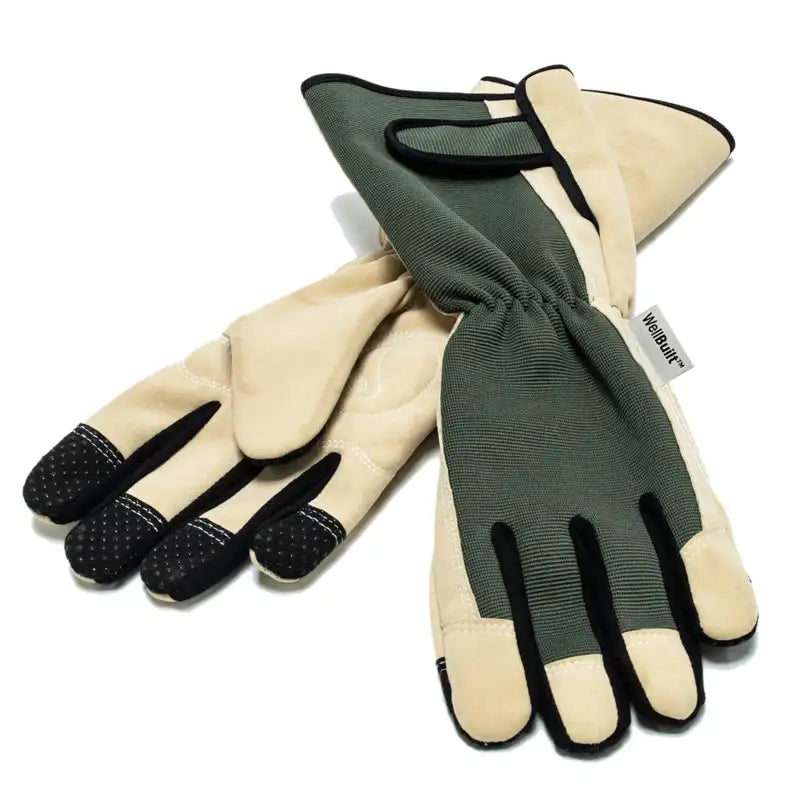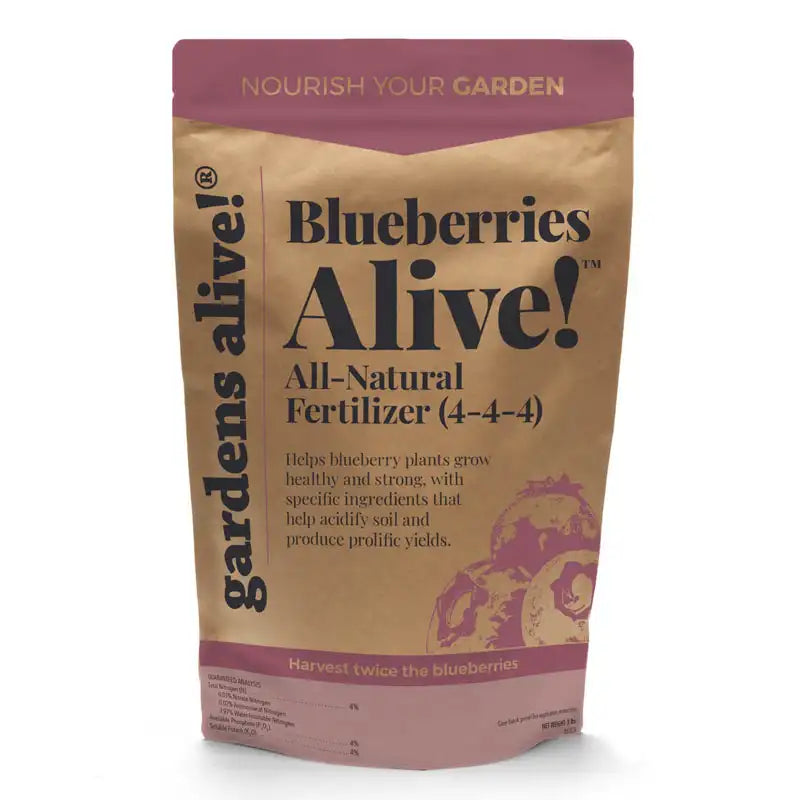Planting Trees & Shrubs—Should You Never Improve the Soil in the Planting Hole?
Q. Erica, who “lives and gardens in Wheatfield NY, which is between Buffalo and Niagara Falls”, writes: “Last Spring I bought a bundle of young serviceberry bushes from my county extension. They were about a foot to eighteen inches high apiece. I followed the instructions to first plant them in a "nursery bed:" a brand-new flowerbed that I had filled with municipal compost and lots of perlite. They have done well and are leafing out beautifully.
“I'd like to transplant them to their permanent location in my crummy clay soil this fall, which would give them about a year and a half of growing up in the {quote} "nursery," but if I dig them up with lots of the loose rich soil they are in now, I fear I will be guilty of "improving the soil in the hole" and thus discouraging them from pushing their roots into my crummy clay. But if I shake off all the nice soil, I fear I will damage the roots and kill them. As you can see, I have just enough knowledge to be dangerous.”
Actually, you have the knowledge to ask a darn good question, Erica! And before I fumble around for the answer, I would like to take a moment to praise your choice of plant. The Serviceberry—aka June berry, Shad berry and about a dozen other common names—is a remarkable plant. It’s native, comes in both the form of a tree and as a multi-branching shrub, and is one of the earliest plants to produce fruit—hence the June berry tag. The fruits look a lot like blueberries and taste like a combination of blueberries and almonds.
…At least the best ones do. Like mulberries, the fruit quality can vary considerably from plant to plant. Some taste great eaten raw; some are fit only for making jam. (Hey--you add enough sugar and you can make anything taste good!) They’re a great plant for wildlife as well—several moth and butterfly caterpillars eat the leaves, birds eat the fruit, and deer will eat the whole thing to the ground if you aren’t careful.
Now—you have the principle down perfectly; if you fill the new planting holes with nice amendments like potting soil, peat moss, compost, perlite and/or vermiculite to create a wonderful welcoming environment, the roots of your new plants will remain inside that welcoming environment instead of fighting their way out into your crummy clay. In such a situation, they develop so few lateral roots that you can lift them right out of the ground four or five years down the line.
Are there exceptions? Yes—blueberries (also native) naturally grow in highly acidic ‘peaty’ soil (aka peat bogs), so you really should backfill their holes with a mix of milled peat moss and some compost to help hold the peat in place.
Back to Serviceberries: You have been a good mother so far—and you are correct that late summer/early fall is the ideal time to plant new trees and shrubs. But I think that a year-and-a half is enough time to spend in the nursery and move out into the real world. Spring planting is perfectly acceptable, especially in your upstate New York, where harsh summertime temperatures aren’t due until late July and even then, only last a month or so before a nighttime chill returns to the air. (Sorry; but I’ve been up there.)
But don’t ‘dig’ the babies out of their cribs. Soak the soil thoroughly and pull them up ever so gently. Don’t worry about any nice soil that hangs on to the roots.
Their new spot should have the best drainage you can provide and excellent air circulation. And be sure to dig super wide planting holes. It’s good to bust up the clay; just don’t replace it. There’s an old expression in this game: “Dig a wide hole; NOT a deep one”, so go to town on the sideways action.
Position the plants high up in their new planting spaces. With trees, you have the root flare as a guide; you always want to see that root flare above ground after planting. With shrubs, you’re going to have to use your best judgement. Whatever you do, don’t bury them deep. A little too high is much better than a little too low.
Fill the holes back up with the same crummy clay you dug up—no cheating! Then let a hose just drip at the surface of the soil for several hours for each plant. Let the soil settle, recheck the height, then mulch with two inches of your wonderful yard waste compost and have a fast hand with the drip hose if you go a week without rain and or if it gets really hot. (You wish; last time I checked, global warming was still scared of your part of the country.)
Some additional info:
• Bare root plants that arrive without their roots in soil: Soak the dried roots in a bucket of clean water for several hours before planting as above.
• Plants that arrive in pots: Turn the pots on their side and rotate them until the dirt-covered roots slide right out of the pots. Then use a garden knife to dive down and gently loosen up the roots before planting. Don’t worry about a little nick here and there—tell people you’re ‘root pruning’; that’ll impress them! Then plant as above.



